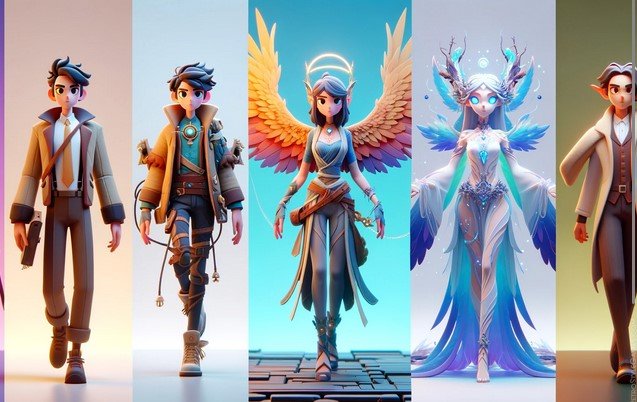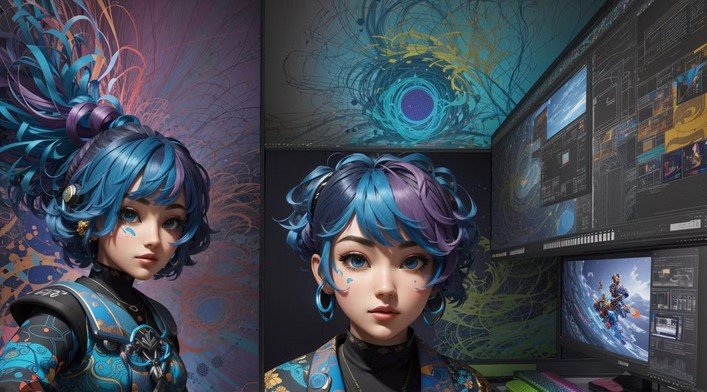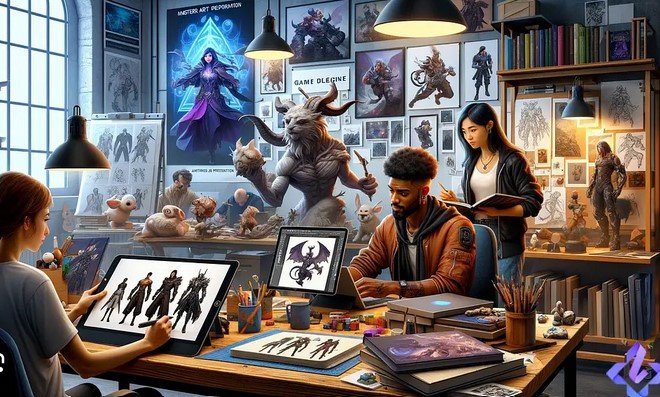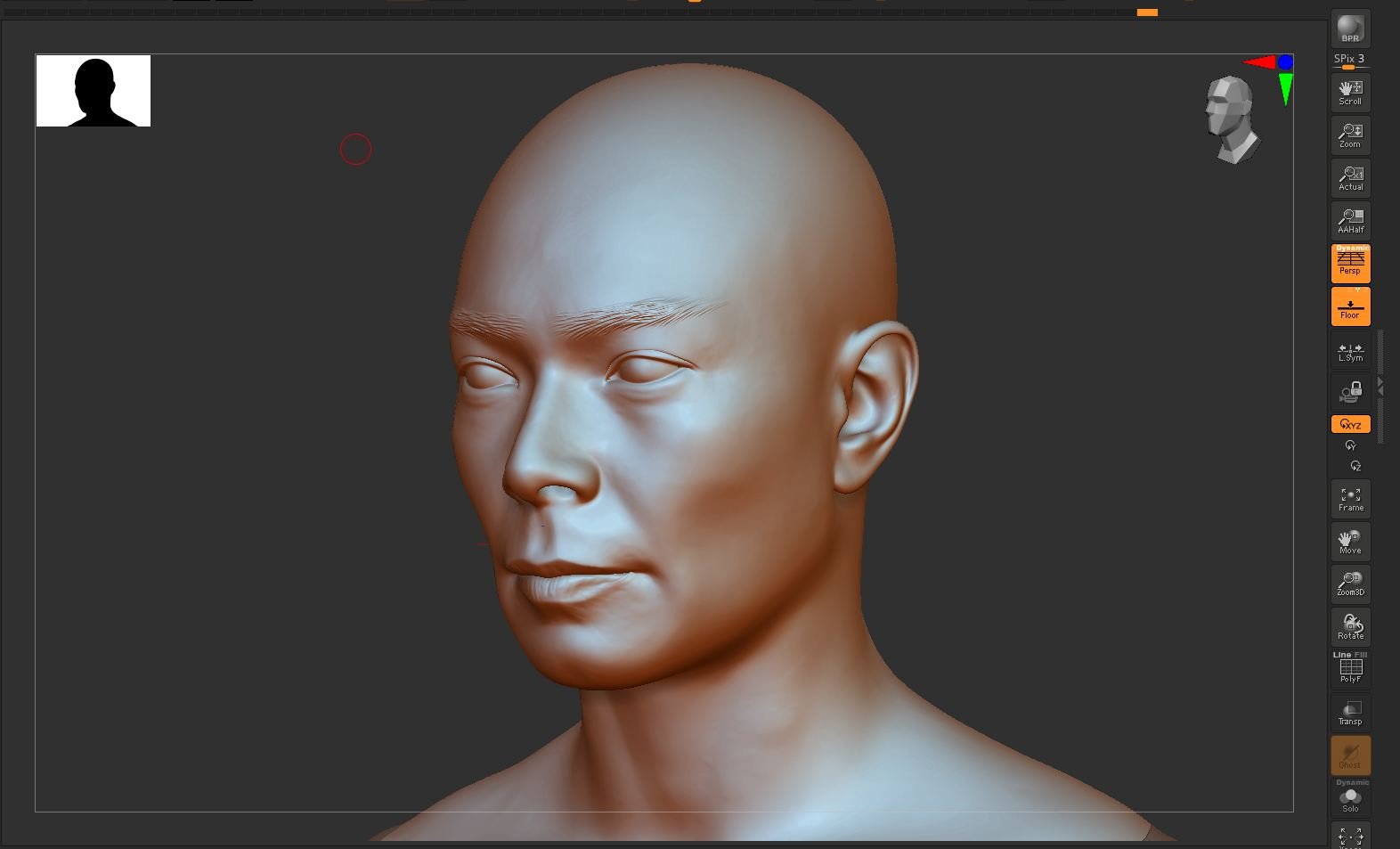3D artists play a pivotal role in game development. They bring the world of a game to life through their skills in modeling, texturing, and animation. Game development would not be possible without their contributions, as 3D artists help shape characters, environments, and objects within a game. In this post, we’ll explore the important role 3D artists play in game development and how their work impacts the final product.

1. Creating the Visual Foundation
At the start of any game project, 3D artists lay the visual foundation by designing the game’s characters, environments, and objects. They begin by working closely with game designers and concept artists to understand the vision of the game. From there, 3D artists create rough models that outline the basic shapes and proportions of these elements.
This step is crucial, as it sets the visual direction for the entire game. For example, in a fantasy game, the 3D artist may create the basic structure of a castle, ensuring that its design aligns with the game’s fantasy theme. Similarly, they will model characters, ensuring they match the envisioned look and personality. The models serve as the building blocks upon which textures and finer details are added later.
2. Modeling and Sculpting Game Assets
Once the initial designs are approved, 3D artists move on to modeling and sculpting the assets. This step involves turning the rough models into fully realized 3D objects. Using specialized software like Blender, Autodesk Maya, or ZBrush, 3D artists sculpt detailed versions of the characters, environments, and props.
For characters, this can involve intricate work, such as shaping the face, body, and clothing. 3D artists also sculpt accessories and weapons, ensuring they fit the character’s personality. For environments, this process involves creating detailed terrain, buildings, and objects that players will interact with. These models must be both visually appealing and optimized for real-time game engines, such as Unity or Unreal Engine.
3. Texturing and Adding Details
Texturing is where the models begin to look realistic. 3D artists add textures to the models, such as skin, clothing, metal, or stone surfaces. This step involves mapping the textures onto the 3D model and ensuring they fit correctly. Texturing gives objects their final appearance, from the rough, weathered look of stone walls to the soft, smooth texture of skin.
3D artists use tools like Substance Painter or Mari to paint textures onto the models. They create multiple maps, including color maps, normal maps, and roughness maps. These maps simulate surface details, such as wrinkles, pores, and reflections. By adding these details, 3D artists enhance the realism and depth of the models, making them come alive in the game world.
4. Rigging and Animation
Once the models are textured, 3D artists move on to rigging and animation. Rigging involves creating a skeletal structure for characters and objects, allowing them to move. 3D artists add bones and joints to the models, so they can be posed and animated. For characters, this step is especially important, as it ensures the character’s movement looks natural.
In animation, 3D artists create motion for the game’s characters and objects. This includes character animations like walking, running, jumping, and fighting. They also animate environmental elements, such as doors opening or trees swaying in the wind. Animators work closely with developers to ensure that animations run smoothly within the game engine and contribute to a seamless player experience.
5. Collaboration and Refinement
Game development is a highly collaborative process, and 3D artists work closely with other members of the development team. They communicate with game designers, programmers, sound engineers, and other artists to ensure the visual elements align with the game’s mechanics and story.
3D artists also play an important role in refining the visual aspects of the game. They make adjustments based on feedback and optimize their assets to ensure the game runs smoothly on various platforms. This involves reducing polygon counts, adjusting textures, and optimizing animations to maintain performance without sacrificing visual quality.
Conclusion
3D artists are integral to game development. Their work transforms abstract concepts into immersive, realistic game worlds. From modeling and texturing to rigging and animation, 3D artists help create the visual experience that players interact with. Collaboration and refinement ensure that the final product is polished and optimized. In essence, 3D artists bring the game to life, making them essential to the success of any game development project.




